How to properly thin beets?
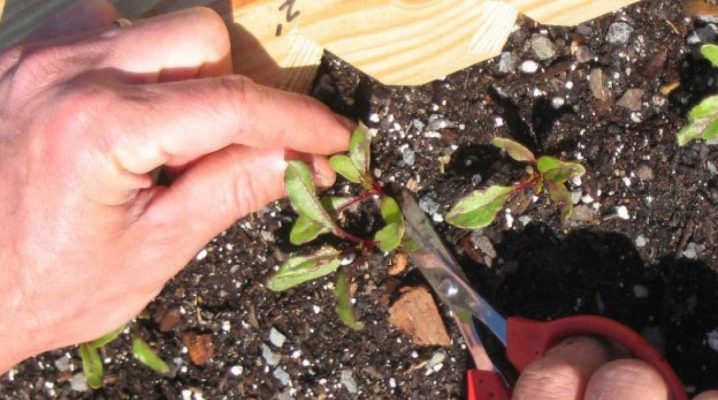
Any beet (table, sugar, fodder and other varieties) is picky and willingly gives a generous harvest. Nevertheless, in the cultivation of this culture there is a cunning technique - thinning. This event makes it possible to leave the most hardy plants in the garden, guarantee each of them the necessary nutrition, sufficient light and increase the level of yield. The article will discuss how to properly thin out a vegetable crop in order to have large, even vegetables, and when to perform the thinning procedure.
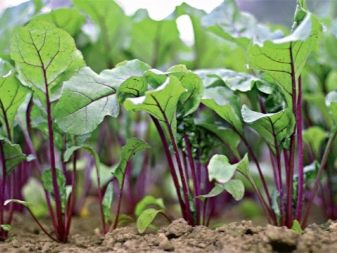
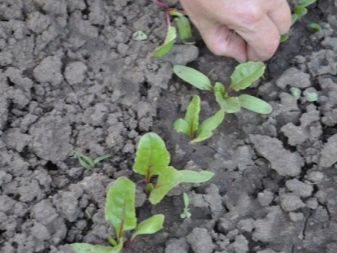
The need for a procedure
One beet seed is capable of forming a nest of 2-4 seedlings, since it is 2-6 dry single-seeded nuts grown together. Often, in order to insure against unsuitable emergence of seedlings or their non-emergence, seeds are planted more compactly than required. In such situations, further thinning of excess plants is inevitable.
The positive points that such a simple operation will bring:
- larger root crops grow due to the vacated space in the garden;
- the bushes do not block the light from each other and receive a larger volume of organic and mineral substances;
- the strongest and most viable seedlings remain, capable of bringing a decent harvest.
Beet seedlings must be removed when 2-3 bushes have grown in one "nest". It is necessary to discharge compacted plantings in a situation where the distance between seedlings at the initial stage of growth is less than 2-3 centimeters and less than 5-6 centimeters at the stage of 4-5 primary leaves.
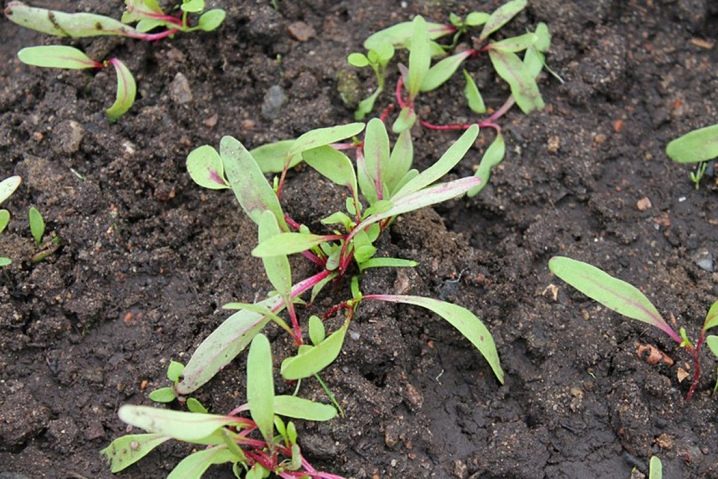
Decimation technology
The number of thinning of vegetable beds depends on the intensity of the growth and formation of plants, the state of the weather and the quality of the seeds. To form an optimal nutritional space for each plant, 2-3, and sometimes 4 extra plants should be removed.
Thinning should be done on a cloudy day or in the evening. The day before the procedure, the beds are thoroughly watered, a shovel will do as the main working tool.
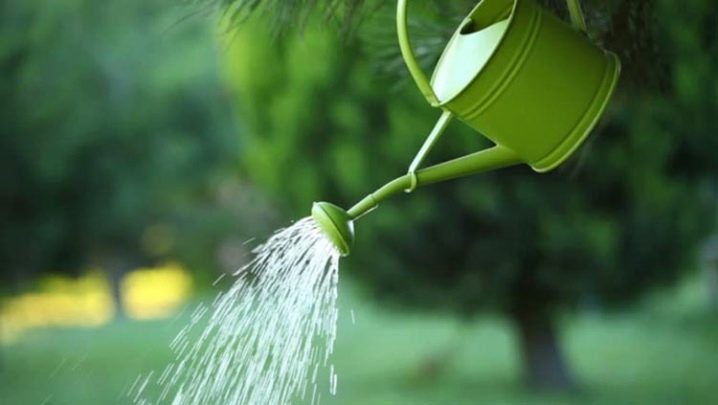
Thinning beet plantings is performed in several steps.
Removing excess plants for the first time.
- The first operation is carried out after the appearance of 1 or 2 true beet leaves.
- With a shovel, carefully pick up a layer of soil with several plants and raise it.
- Stunted, painful and damaged shoots are pulled out, and viable plants are returned back to the garden.
- The newly planted bushes are sprinkled with earth, forming a small ridge around them.
- Landings are located at a distance of at least 5 centimeters between themselves.
- If the seedlings have grown healthy and strong, then the thinned beets can be planted in other beds.
Second step.
- The second operation is carried out 2 weeks after the first removal of excess plants.
- At least 4 beet leaves should form on the bushes during this period.
- The procedure is performed to increase the size of root crops and yield.
- In order for the vegetable crop to form root crops correctly, the distance between plantings is increased to 10-15 centimeters.
- Plants that remain after thinning should be planted on other beds.

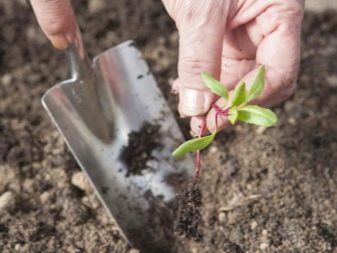
When you follow the rules, planting beets is very easy. Plants take root easily and take root in a new place.
The third thinning is carried out when the roots reach 4-5 centimeters in diameter, and they can already be eaten. During this period of time, the final stocking density is formed. To prevent the beets from overgrowing, the interval between vegetation after thinning should be no more than 10-15 centimeters. The vegetable grower always has a choice - either to grow by seed method, or to grow seedlings, so that later he does not have to remove excess plants.
Further thinning becomes reusable selective harvesting.

Grafting material
As mentioned above, after removing excess plants, strong shoots with an intact root system can be planted in another bed or in an area where seedlings did not take, and in addition, along the plantings of potatoes, carrots, onions. Young plants perfectly tolerate replanting and easily catch up with plants from the parent garden.
The transfer and planting of plants is carried out in a certain way.
- A place for future planting is being prepared in advance: the land is irrigated, phosphorus and potash fertilizers are applied. When planted near other garden crops, no fertilizer is required.
- With a stick or finger, you need to make small holes at a distance of 10 centimeters between each other, the aisle is made about 25 centimeters.
- Thinning is done carefully. To avoid damaging the roots, it is safer to use a narrow garden shovel.
- The shoots removed from the main landing site are immediately transferred to the picking area. Long roots need to be pinched by 1/3, the tops are removed, with the exception of the youngest leaf.
- The root is immersed in the hole, straightened so that there are no bends and creases, add earth and compact it a little.
Attention! Beet roots are sensitive, react negatively to rough and careless handling. In this regard, when transplanting, bends and damage to the rhizome are not allowed.

Follow-up care
At the end of the transplant procedure, the vegetable beds need to be shaded for a day. Like other plants cultivated to obtain vegetables, beets need timely watering, top dressing, preventive treatment against diseases and pests, loosening the earth and destroying weeds.
For the full formation and development of root crops, plants need, first of all, constant irrigation. Watering is carried out as the soil dries up, preventing the formation of a hard crust on the surface of the earth. The number of waterings has been increased since mid-July. Indeed, just during this period of time, the intensive development of the root crop is carried out, which needs additional moisture and useful elements.
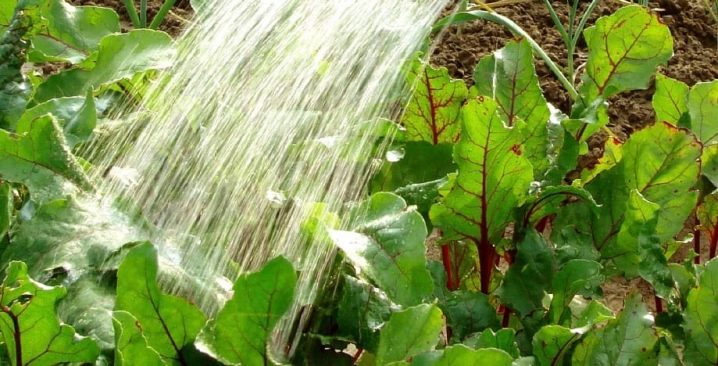
The quality and volume of emerging root crops depends on the fertility of the soil. Beetroot responds unfavorably to the lack of useful elements in the soil; therefore, additional fertilization is required. You need to fertilize it at least 3 times a season, they practice alternately organic and mineral fertilizing. Likewise, plantings respond positively to herbal infusions, in particular those made from nettle.
To saturate the soil with oxygen and nutrients, loosening the beds is performed, combining the procedure with irrigation. In the course of loosening, weeds are removed from the beds that interfere with the formation of crops and are carriers of fungal diseases and parasites.
To prevent damage by diseases and harmful insects, the rules of crop production and crop rotation technology are adhered to.
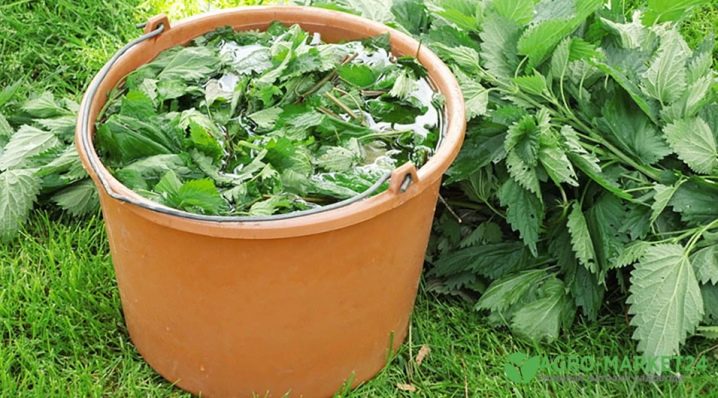
How to plant beets so as not to thin out?
Thinning activities can be avoided by planting ready-made seedlings grown in plastic cups on the beds. For this, plastic glasses or other containers, preferably without a bottom, so as not to injure young plants when planting beets in open ground, are filled with a mixture of one part of deciduous humus and 2 parts of manure.
Vegetable seeds are soaked in advance in a solution of a stimulant for root formation and plant growth for several hours or in water for 24 hours. After they are planted in cups with soil, moistened in advance. They are planted in open ground when the temperature is stable above zero, because with prolonged low temperature conditions during the planting period, beets can form a flowering shoot, harming the root crop.
The second way is to grow single-seeded vegetable varieties. There is only one seed in her nut, therefore, when planted, it will bring only one shoot. The sprouts of such species are no different from the usual ones, the only thing is that you do not need to spend time removing extra shoots.
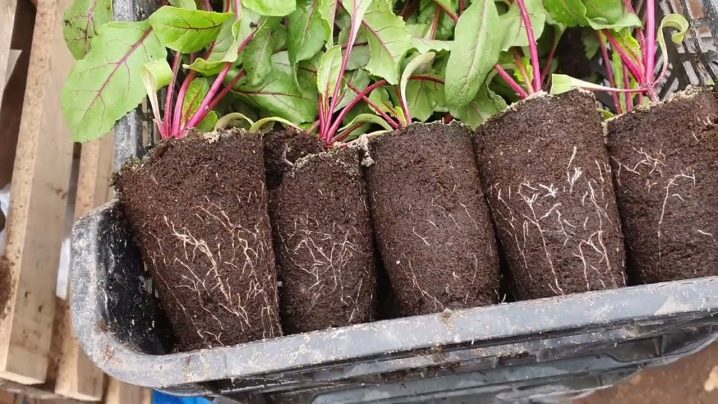
Some varieties of beets do not need to be thinned.
- "Bordeaux single-seeded".
- "Virovskaya single-seeded".
- "Russian single-seeded".
- "One-sprout".
- "Belarusian single-seeded".
- "Lgovskaya single-seeded".
- "North Caucasian single-seeded".
A single embryo is present in the seed, and one plant grows. In terms of ripening time and taste characteristics, the varieties do not differ from the traditional ones that require thinning.
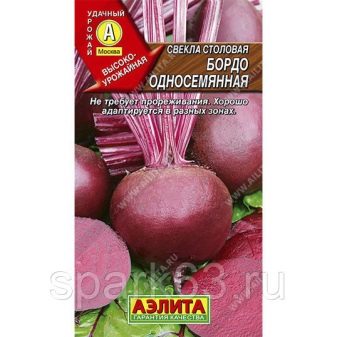
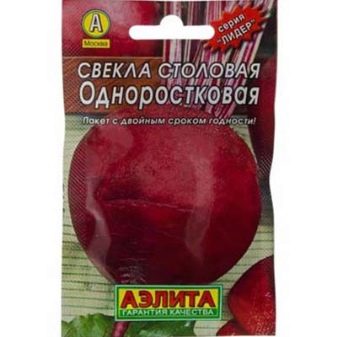












The comment was sent successfully.